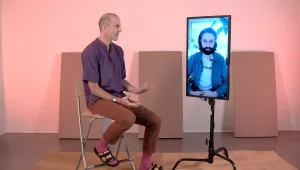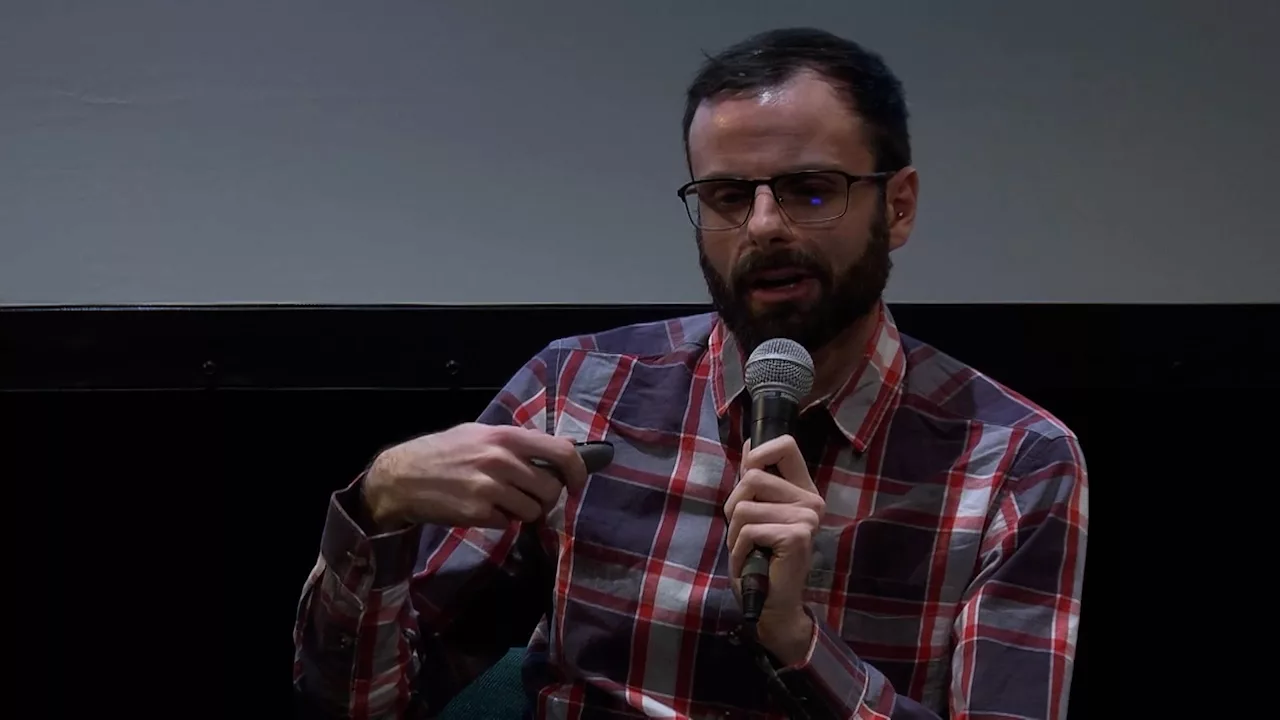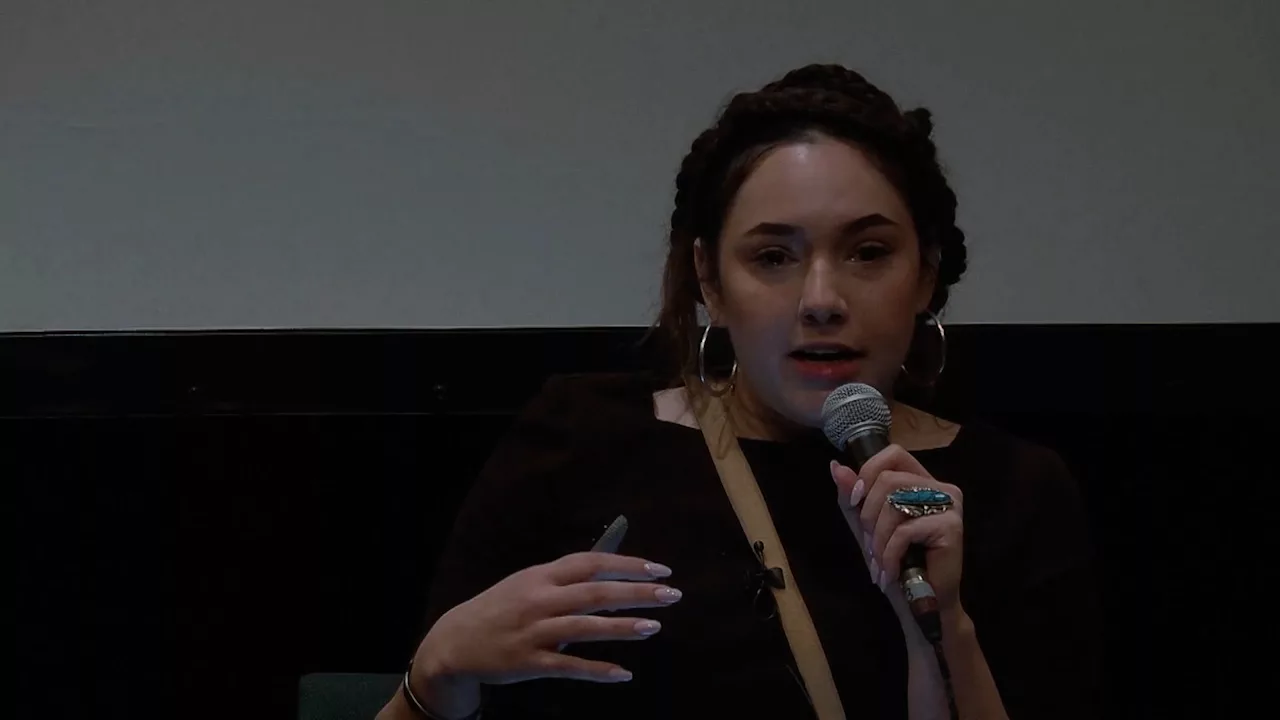This question has been developing in my own sonic practice at the intersection of art, architecture, and cultural studies. I often work with autobiographical ideas and everyday gestures. I am Hindu, Punjabi and I was born in Nairobi, Kenya. I moved to the suburbs of Ottawa at the age of two and I have lived in Canada for most of my life. Embedded in my psyche are oral stories that my elders have retold to me over the years. My interest in storytelling is combined with a background in architecture and media installations. Areas of primary investigation in my practice have always been space, time, and migration, as they relate to cultural identity. I am particularly drawn to the way that architectural elements can be used to speak of deeper cultural and social contexts.
My combined cultures have led me, in my practice, to explore the in-between space that incorporates both of these places. In The Location of Culture, Homi K. Bhabha calls this temporal passage a “Third Space.” In this space, Bhabha says, “the enunciation of marginal voices displaces the narrative of the Western nation.” The Third Space is made up of an ambivalence that challenges the Western historical identity of culture as a homogenizing, unifying force.” For Bhabha, this Third Space is an unhomely space where marginalized communities become visible agents within conditions of intimacy.
Bhabha’s concept of the unhomely is a reworking of Sigmund Freud’s idea of the uncanny, from a postcolonial perspective. One of the first written discussions of the uncanny, by Ernst Jentsch in his 1906 essay On the Psychology of the Uncanny, describes a scenario defined by “doubt as to whether an apparently living being is animate and, conversely, doubt as to whether a lifeless object may not in fact be animate.” Freud elaborated on this concept in his 1919 essay The Uncanny, specifically discussing the translation of “the uncanny” from the German expression “das unheimliche,” which literally means un-homely. The unhomely moment describes an instant where something can be known, yet is simultaneously strange. The effect hinges on a sense of alienation and displacement. In my experience, the unhomely space is a liminal one between native and adopted cultures.
Dhunia – Windows of the World is a series of sculptural audio installations and videos that I began creating in 2010. The first of these works, Dhunia: Part One, was exhibited in Canada at the Surrey Art Gallery in British Columbia in 2011. The second in this series, Dhunia: Part Two, was exhibited at Pink Gallery in Berlin in 2011, and the third iteration was presented as Dhunia: Septet at A Space Gallery in Toronto in 2012. These pieces related a desire to make visible the unhomely moment in what Bhabha calls the “ordinariness” of the quotidian. My works explored cultural hybridity through Bhabha’s discussion of the performative agency of minority identities in the peculiar temporality of the Third Space. In my practice, I have questioned how to make uncanny spaces through sound projects that work with notions of dislocation and translation. In part, Dhunia‘s spaces expressed forgetting and the loss of my mother tongue, Punjabi, while simultaneously constructing a present space that investigated translations in my first language, English.
Dhunia anthropomorphized seemingly static objects, mysteriously transforming an old vanity and weathered storm windows into speaker diaphragms. These embodied elements reverberated with age-old sayings and the sounds of the everyday, conveying uncanny qualities of active, invisible presences. In this series, found objects were transformed into audio speakers that performed as a musical ensemble: individually tuned instruments that spoke of transcultures and hybrid identities found in domestic spaces. Dhunia investigates a synthesis of regional building elements, traditional oral storytelling, and translations of languages. The artistic intent was to create an interactive experience with tactile sounds that were transduced through an installation of hybrid sonic sculptures. This transduction gave agency to Grandmother’s and Grandaughter’s tongues. These installations contemplated translations of native cultures and languages due to dislocation, exile and migration.
My art practice reflects a mixing of Eastern and Western aural-cultural influences. I am intrigued by the way that languages, as primary tools of oral storytelling, can convey hybridity. In my installations of Dhunia, I wanted to use language to give the listener a sensation of misplacement in an environment. I wanted this use of language to contribute to the production of an unhomely space. This space combined voice, sound and movement to convey invisible presences and physical experiences. In Dhunia, I recalled the home without the physical framework of a house. I produced sequences of autobiographical sound fragments that performed in compositions of audio installations and video images. This practice was led by an examination of myth and migration as they related to cultural identity.
In my recent installations I have used ancestral narratives as criteria for self-evaluation and self-discovery, through a questioning of cultural identity as it relates to experiences of home. These queries drew on Homi Bhabha’s theories of the “in-between, Third Space … an interstitial future.” For Bhabha, this future “makes available to marginalized or minority identities a mode of performative agency.” The construction of Dhunia – Windows of the World explored the figurative boundaries of unhomely spaces. Narrative fragments were shared at these sites, giving form to ideas of transcultural hybridity. Dhunia examined the performative agency of sonic spaces of dislocation and reflection. In these installations, cultural translations and intimate familial communications unfolded spaces for future memories to be framed within the tradition of my Grandmother’s oral storytelling.
My vocabulary relates to cultural displacements and psychological breaks from comforting notions of home and family. Personal dislocation and societal detachment are a part of my experience of living in Canada. My practice revolves around questions of exile and hegemonic sonic structures that influence the production of cultural spaces. How does aural culture act as a transmission device – translating knowledges of transnational and transitional spaces? Bhabha writes about the positions of certain groups of people, located in the margins of colonial cultures. Within these marginalized situations, people hold layered and often contradictory ties to their other cultures. Bhabha provokes the question of how one uses a location in the margin as an empowering tool and how people can strengthen themselves through otherness. The voice plays an important role in this liberation, as does silence, along with the cultural and physical spaces within which these will resound.


